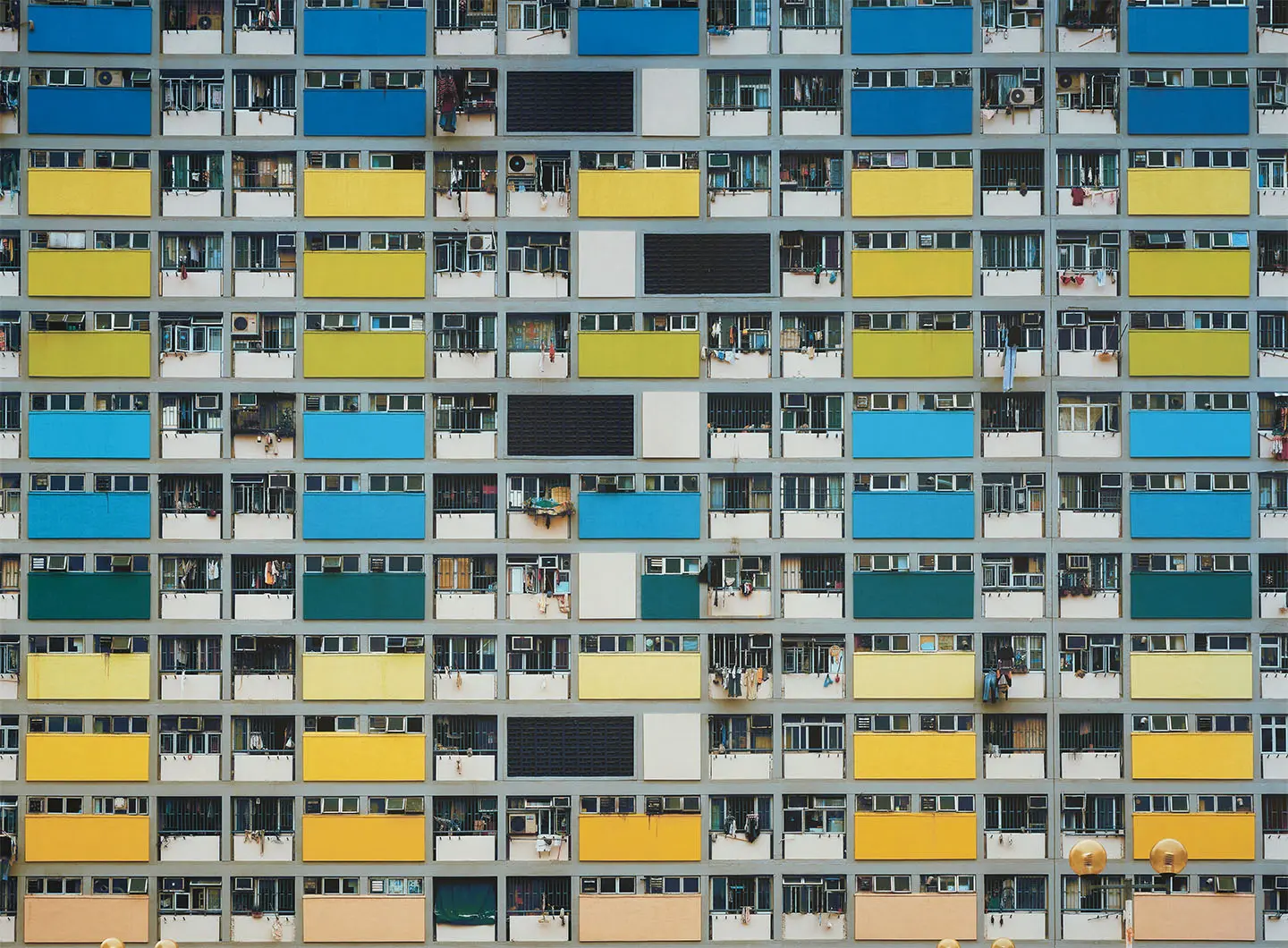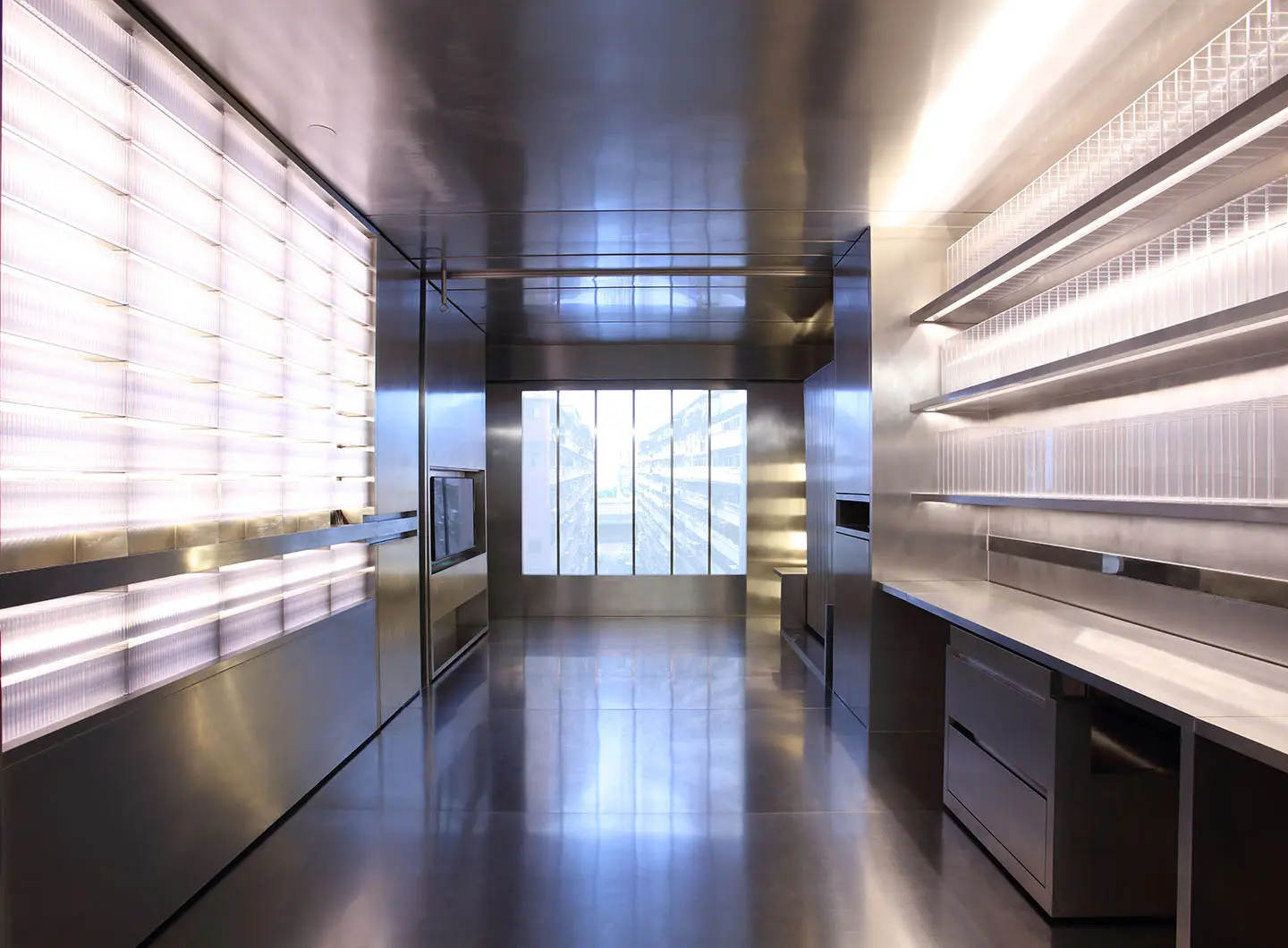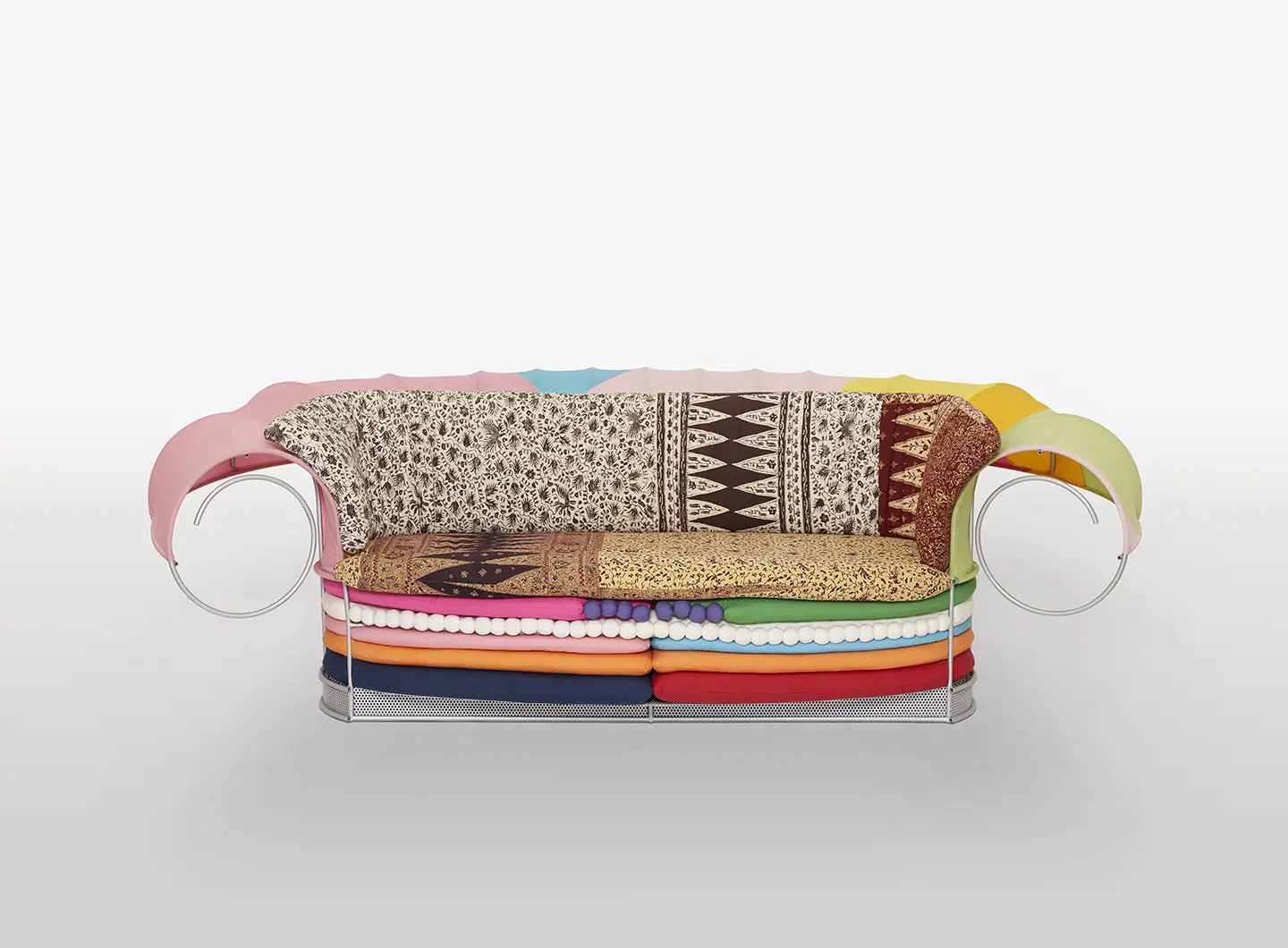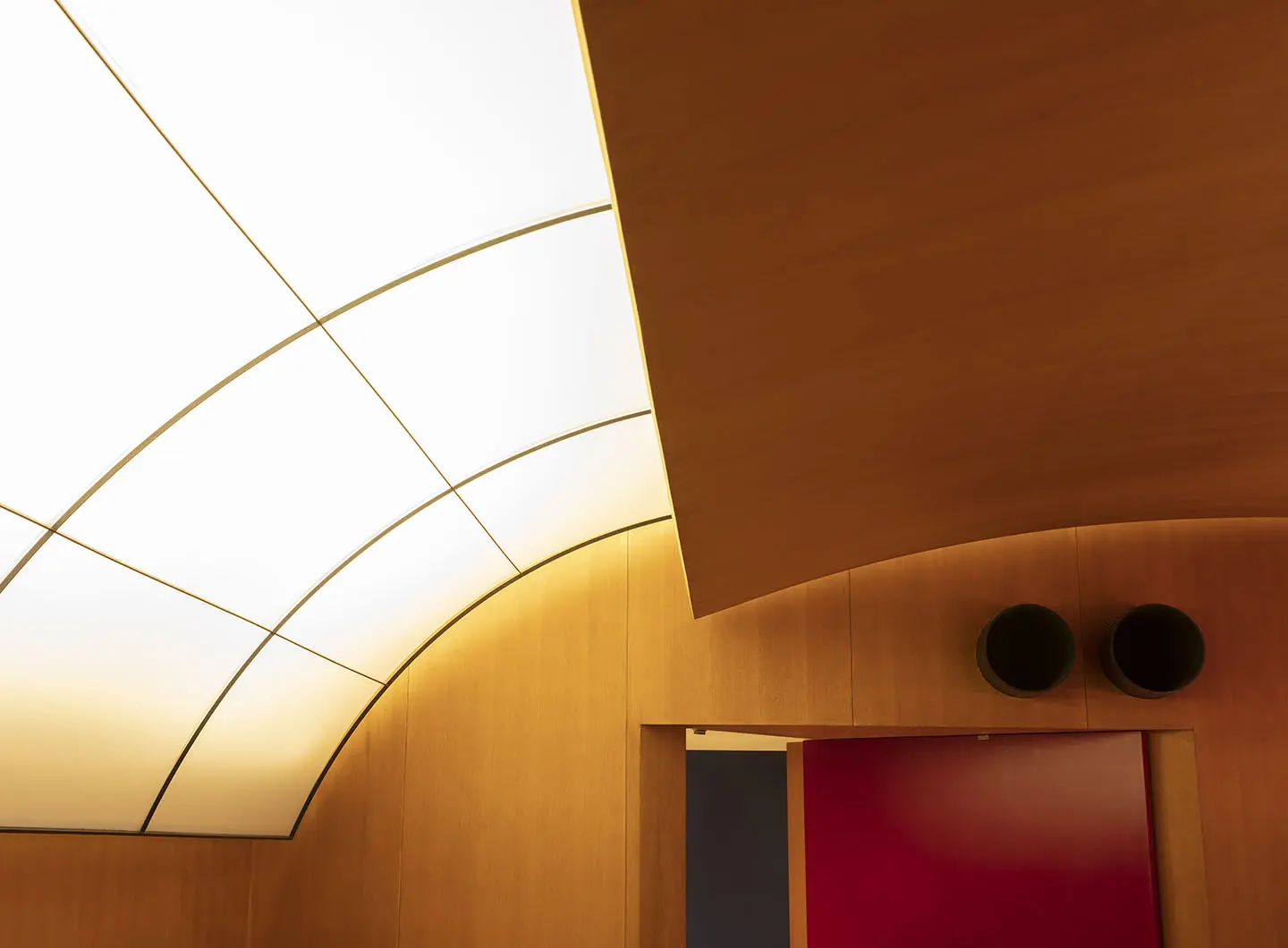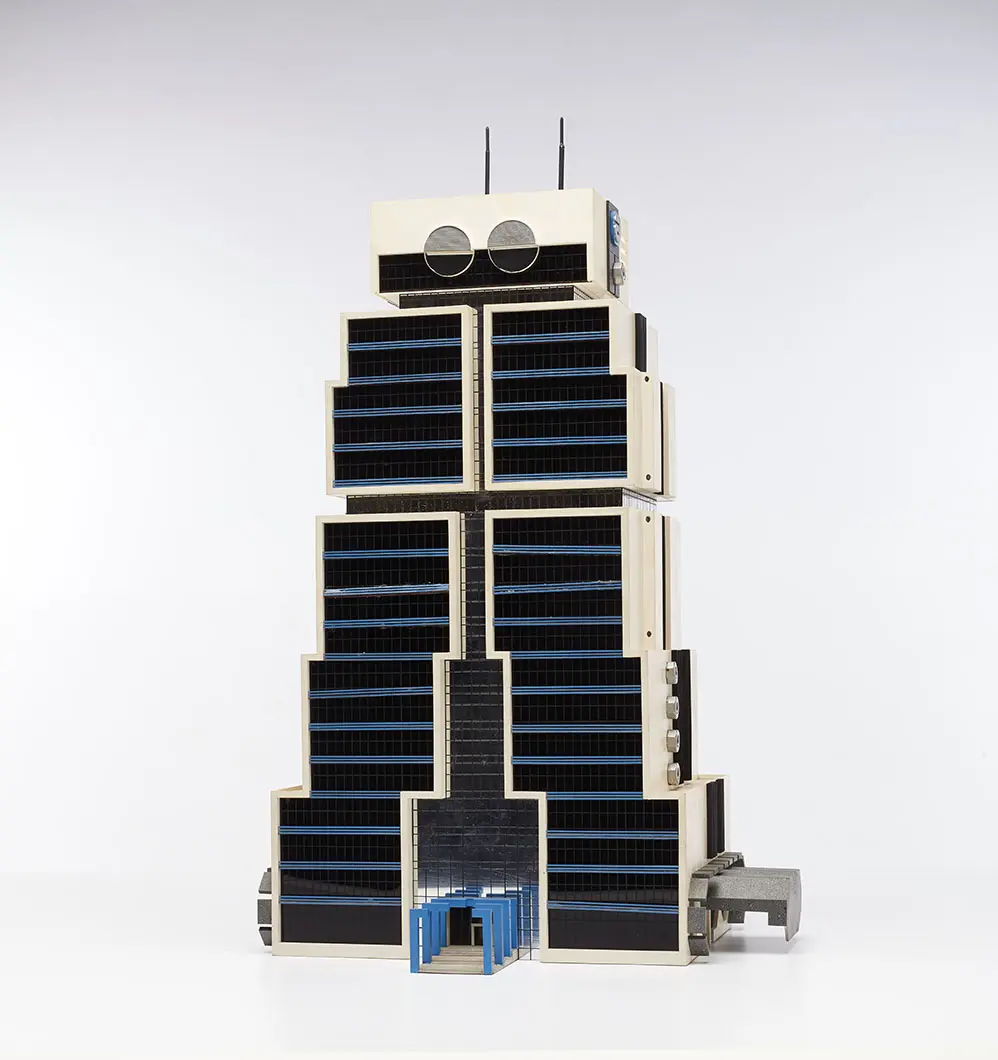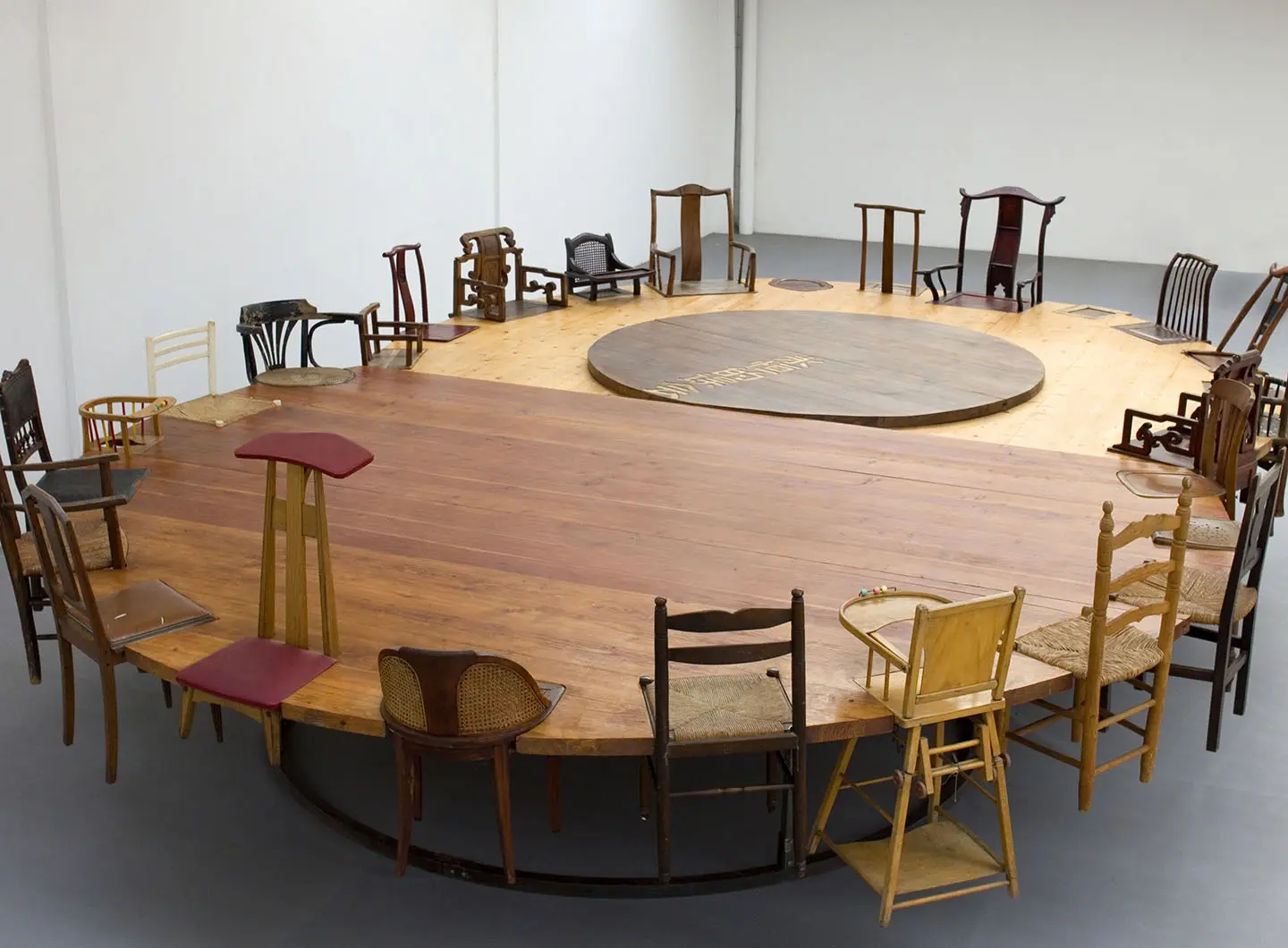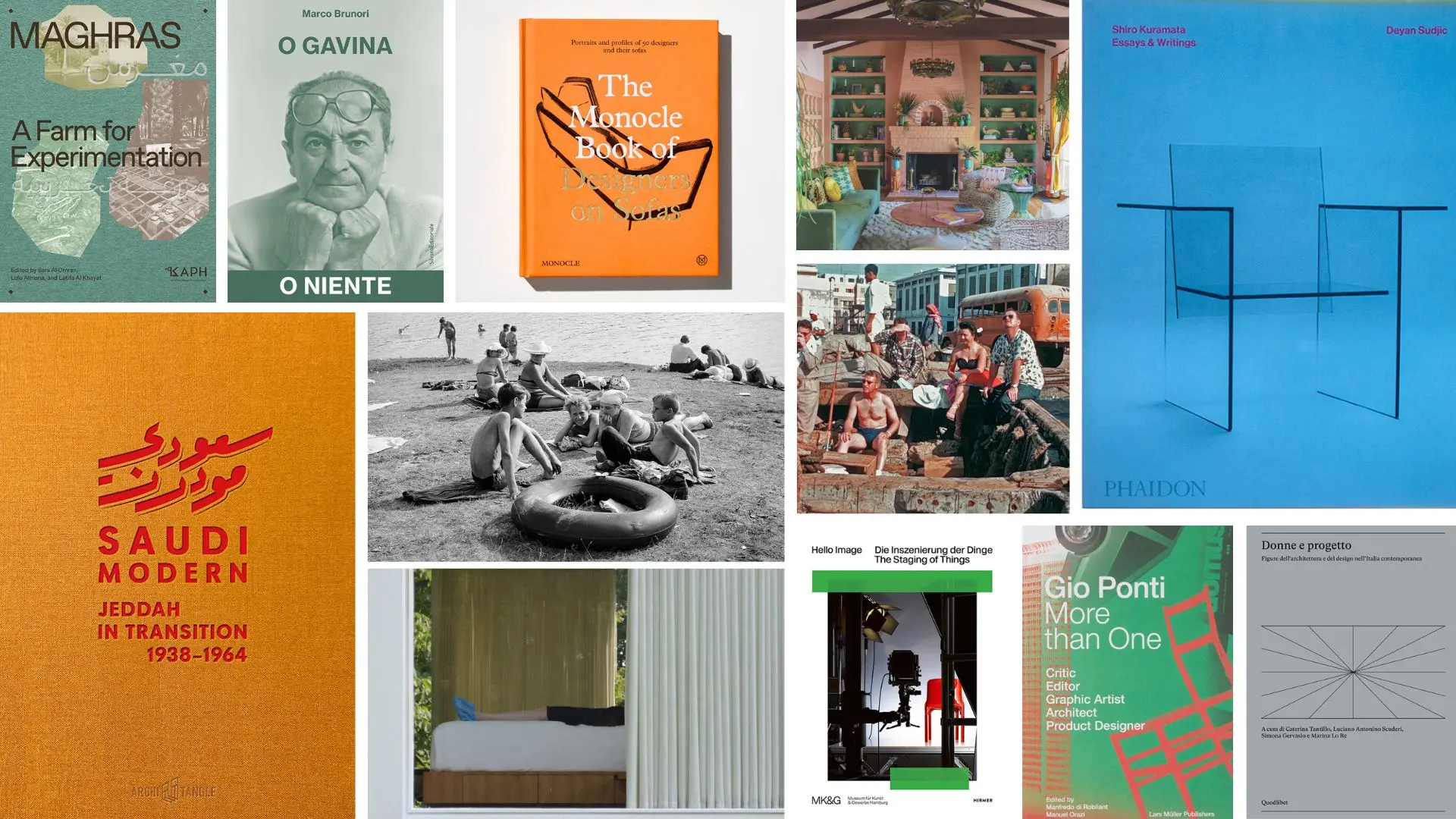From a reflection on humans to matter as meaning: the new Salone communication campaign explores the physical and symbolic origins of design, a visual narration made up of different perspectives, united by a common idea of transformation and genesis
The M+ Museum, in dialogue with the Hong Kong urban landscape
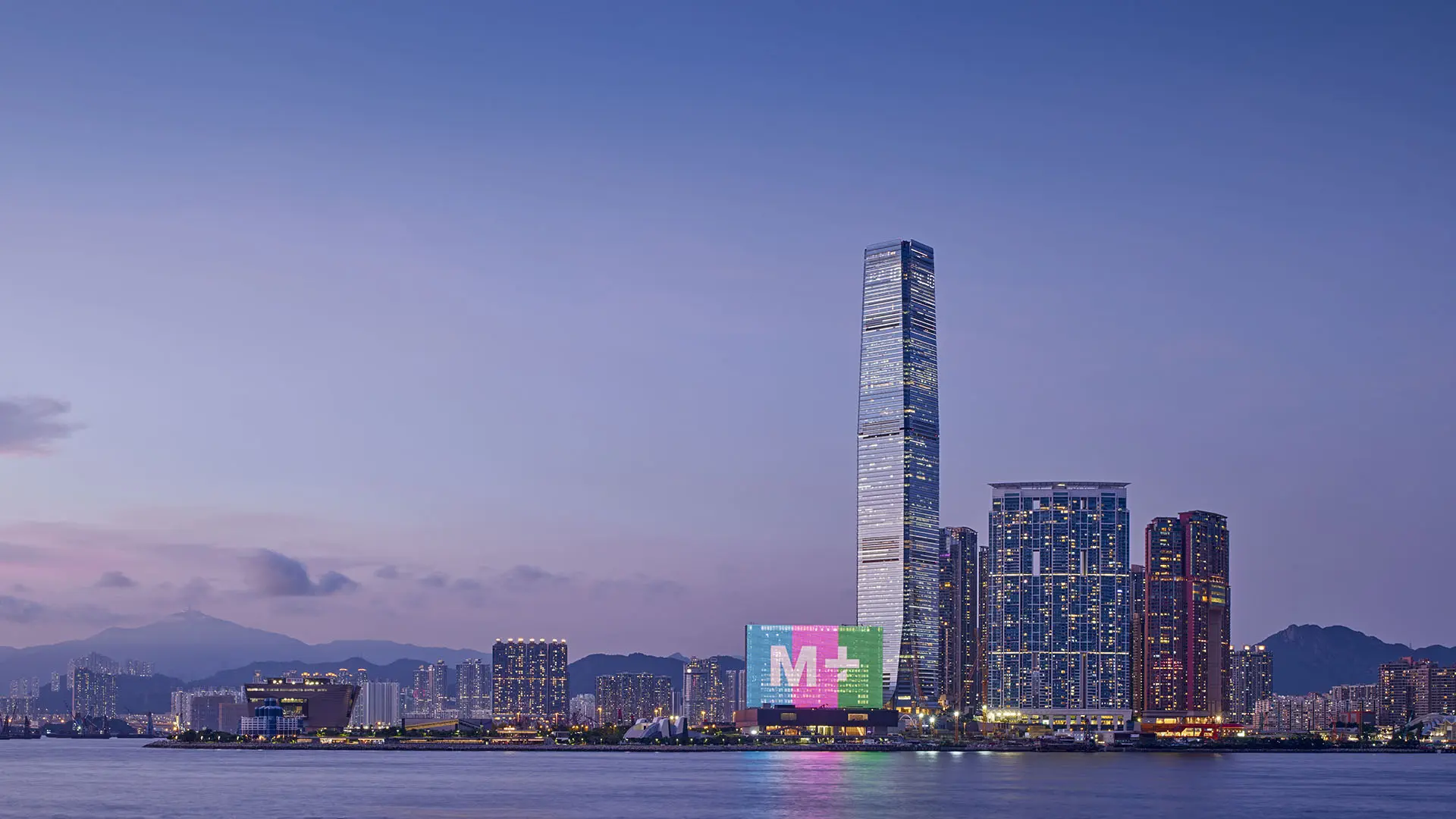
M+ Museum, designed by Herzog & de Meuron, Hong Kong. - Photo/s: Virgile Simon Bertrand, Courtesy of Herzog & de Meuron
M+, Asia’s first museum of contemporary visual culture, has opened in Hong Kong’s West Kowloon Cultural District.
Creating a dialogue with Hong Kong’s ultra-dense landscape via a giant LED screen, displaying site-specific artwork to a wide audience, inviting citizens to connect with the museum... All this is M+, a brand new cultural institution that, as its name suggests, sets out to be more than just a museum.
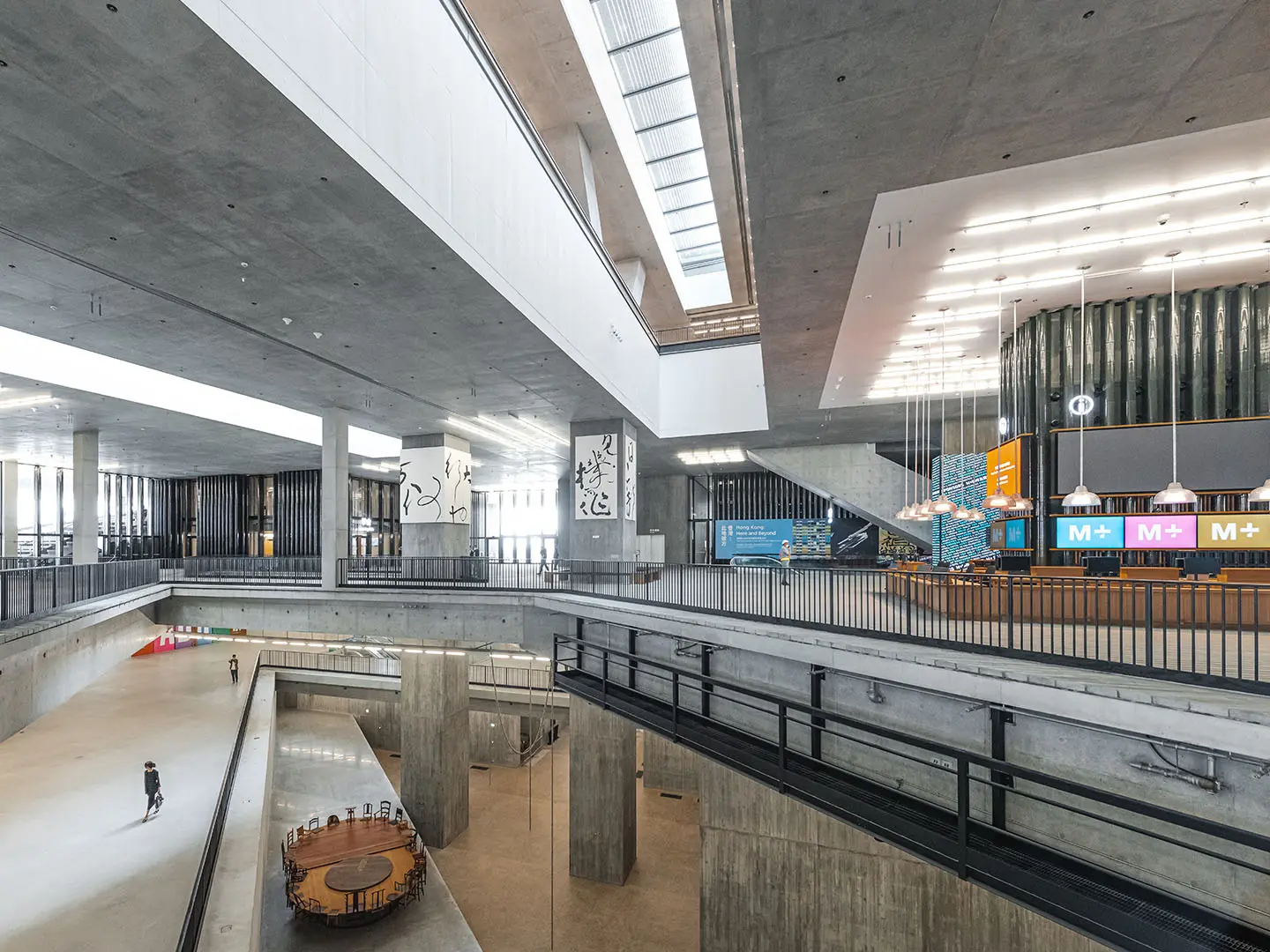
M+ Museum, designed by Herzog & de Meuron, Hong Kong. - Photo/s: Kevin Mak, Courtesy of Herzog & de Meuron
Few architects in the world are capable of designing iconic architecture for a venue with aspirations to be a point of reference for Asian and global art. Swiss studio Herzog & de Meuron – which, among others, has designed the new Tate building in London, the Hamburg Philharmonic, and the Caixa Forum in Madrid – was one leading practice that could translate this ambition into form. Located on the Victoria Harbour waterfront, the resulting commission is a majestic building shaped like an inverted “T”, a new 65,000 sq. m. landmark for the Hong Kong urban landscape. Doryun Chong, Deputy Director and Chief Curator of M+, says: “The building of M+, from its collections to the museum itself, is the culmination of nearly ten years of investment and expertise to create a museum of our time. We will be telling multidimensional narratives, comprising geographies and chronologies, from a global viewpoint that originates from and is framed by the unique context of Hong Kong. There simply is no other museum in the world like M+.”
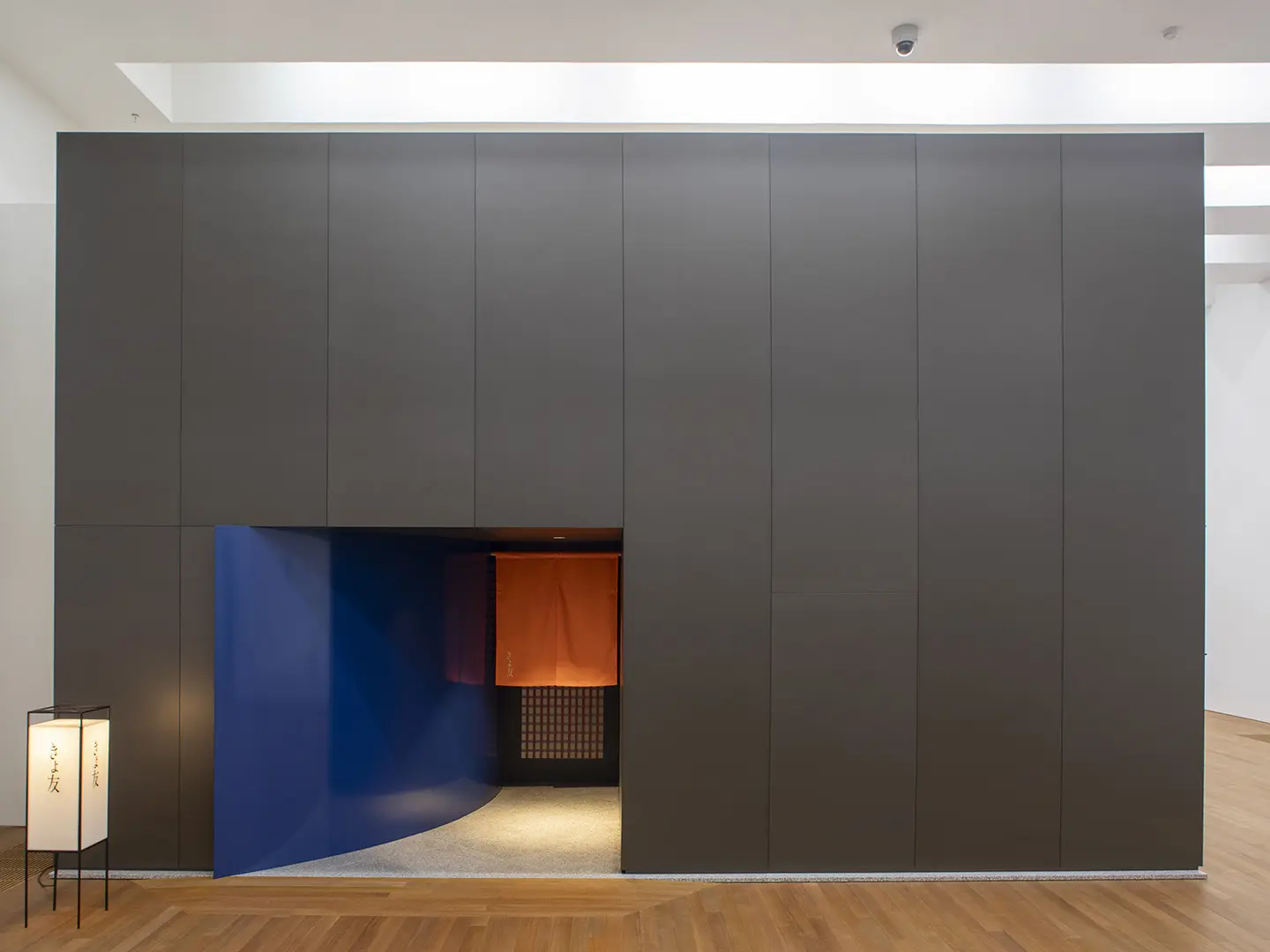
Things, Spaces, Interactions, view of the exhibition at the M+ Museum, Hong Kong, 2021 - Photo/s: Lok Cheng and Dan Leung, Courtesy of M+
Few architects in the world are capable of designing iconic architecture for a venue with aspirations to be a point of reference for Asian and global art. Swiss studio Herzog & de Meuron – which, among others, has designed the new Tate building in London, the Hamburg Philharmonic, and the Caixa Forum in Madrid – was one leading practice that could translate this ambition into form. Located on the Victoria Harbour waterfront, the resulting commission is a majestic building shaped like an inverted “T”, a new 65,000 sq. m. landmark for the Hong Kong urban landscape. Doryun Chong, Deputy Director and Chief Curator of M+, says: “The building of M+, from its collections to the museum itself, is the culmination of nearly ten years of investment and expertise to create a museum of our time. We will be telling multidimensional narratives, comprising geographies and chronologies, from a global viewpoint that originates from and is framed by the unique context of Hong Kong. There simply is no other museum in the world like M+.”
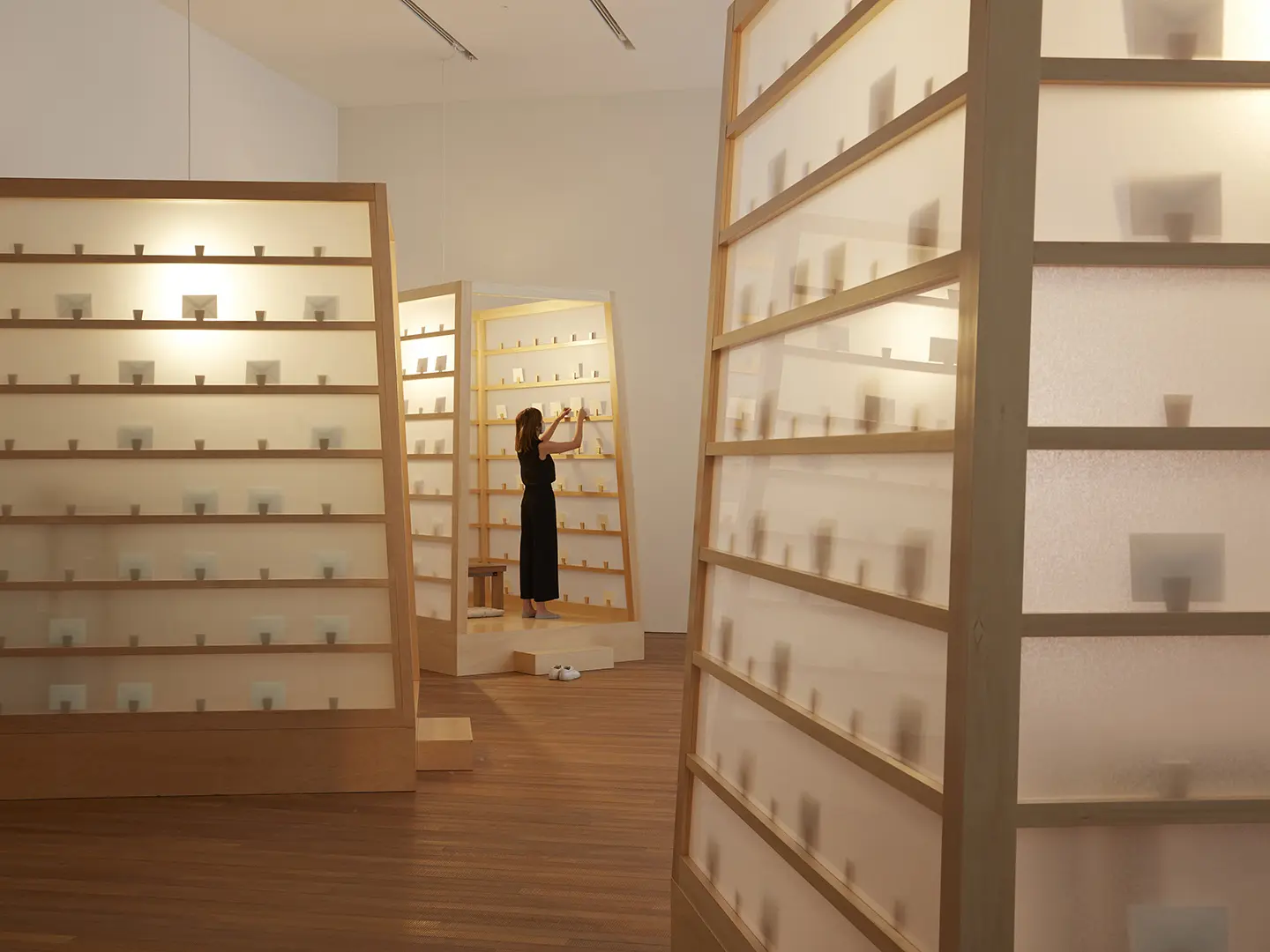
Individuals, Networks, Expressions, view of the exhibition at the M+ Museum, Hong Kong, 2021 - Photo/s: Lok Cheng, Courtesy of M+
The new institution’s triumphal inauguration was, however, partially overshadowed by suggestions in the international press that the museum risks being censored by the Chinese authorities. In “The New York Times”, journalist Vivian Wang wrote, “M+ has envisioned itself as a world-class institution capable of making its hometown a cultural heavyweight, but those ambitions are colliding directly with a new national security law imposed by Beijing to quash dissent.”
M+ is a museum capable of reminding us that Hong Kong is (and has always been) a place of encounters, exchanges and cultural cross-pollination, its prestige benefitting the local community and a global audience… provided its presence is not viewed as a threat.


 Stories
Stories
